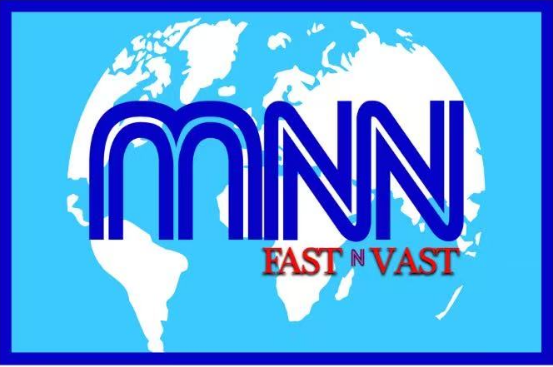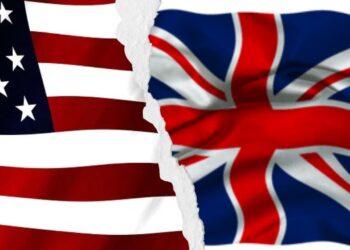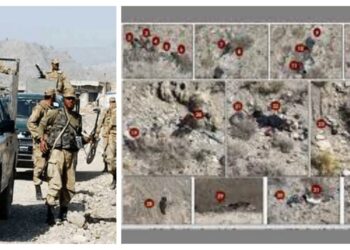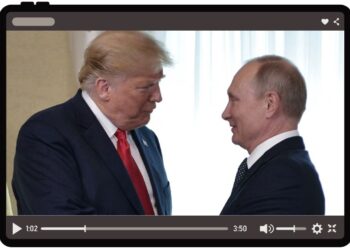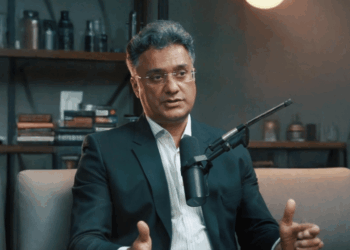MNN (Web-Desk); A tense phone conversation over the Pakistan-India ceasefire became a key turning point in the breakdown of relations between Indian Prime Minister Narendra Modi and former US President Donald Trump, Bloomberg reported on Friday.
The dispute comes amid escalating trade tensions, as Trump on Wednesday imposed an additional 25% tariff on Indian goods, citing New Delhi’s continued imports of Russian oil. The move, which follows a deadlock in trade negotiations, will take effect in three weeks and raise duties on some Indian exports to as high as 50% — among the steepest levied on any US trading partner.
According to Bloomberg, strains in US-India ties had been building well before the tariffs. Delhi has repeatedly rejected Trump’s claims that the US brokered a ceasefire between India and Pakistan after four days of cross-border fighting in May. The US leader also hosted Pakistan’s Army Chief General Asim Munir at the White House weeks after the conflict.
The two leaders spoke for 35 minutes during a phone call at Trump’s insistence, held on the sidelines of June’s G7 summit in Canada. Indian Foreign Secretary Vikram Misri later clarified that “no discussion” took place on a US-brokered trade deal or mediation between India and Pakistan. He stressed that the ceasefire talks were conducted “directly” between the two neighbours through military channels and at Pakistan’s request.
Bloomberg cited Indian officials saying “tensions came to a head” during the call, with Modi feeling compelled to “set the record straight” after learning Trump planned to host Gen Munir for lunch at the White House the following day. While India had no objection to Trump meeting Pakistan’s civilian leadership, the officials said hosting the army chief was viewed as legitimising a military accused by New Delhi of backing militant groups.
Fearing Trump might arrange a face-to-face between Modi and Munir, the Indian leader declined an invitation to visit the White House en route back from Canada, opting instead to proceed with a planned trip to Croatia.
Officials told Bloomberg that while the US did not explicitly ask Modi to acknowledge Trump’s role in the ceasefire, New Delhi noticed a “shift in tone” from Washington after the call. Once Trump began publicly criticising India, they said, it became clear the episode marked a “turning point” in the bilateral relationship.
Modi, speaking in New Delhi a day earlier, vowed not to compromise on India’s agriculture, dairy, and fisheries sectors — widely interpreted as his first public response to the tariffs. “We will not compromise with the interests of our farmers, our dairy sector, our fishermen,” he said, adding, “I know I will have to pay a personal price for this, but I am ready for it.”
Trump, during a past visit to Washington, had described Modi as a “much tougher negotiator” than himself and claimed to share a “special bond” with the Indian leader. Successive US administrations have viewed India — the world’s most populous nation and fifth-largest economy — as a vital partner in countering China’s growing influence in Asia.
However, with the US being India’s largest trading partner — importing $87.4 billion worth of goods from New Delhi in 2024 — the fallout suggests that both sides are now preparing for a turbulent phase in their strategic and economic ties.






